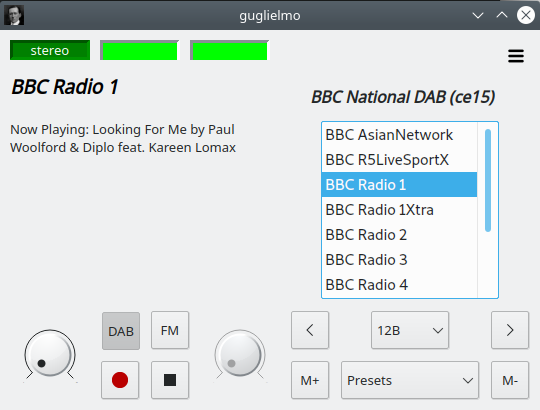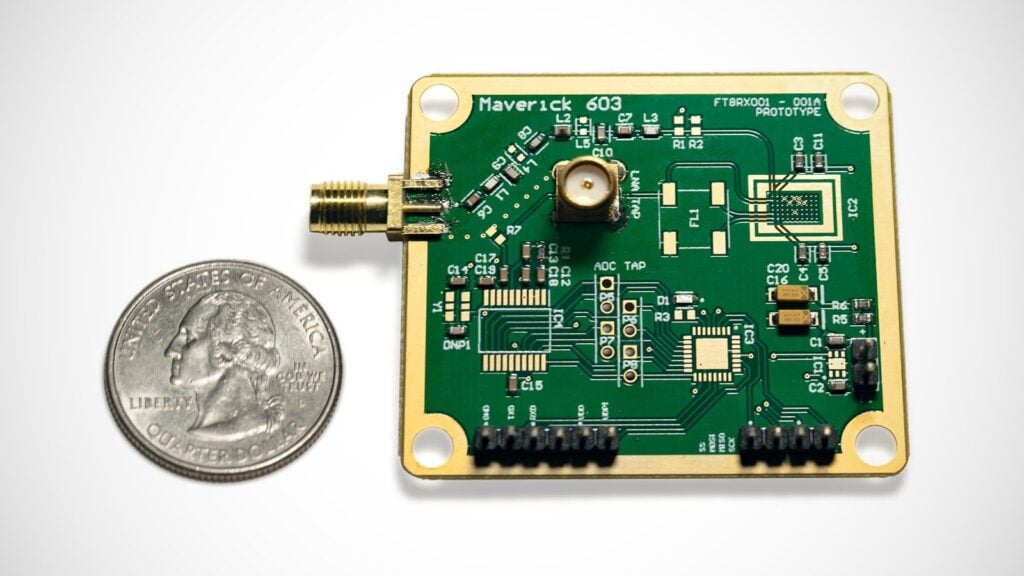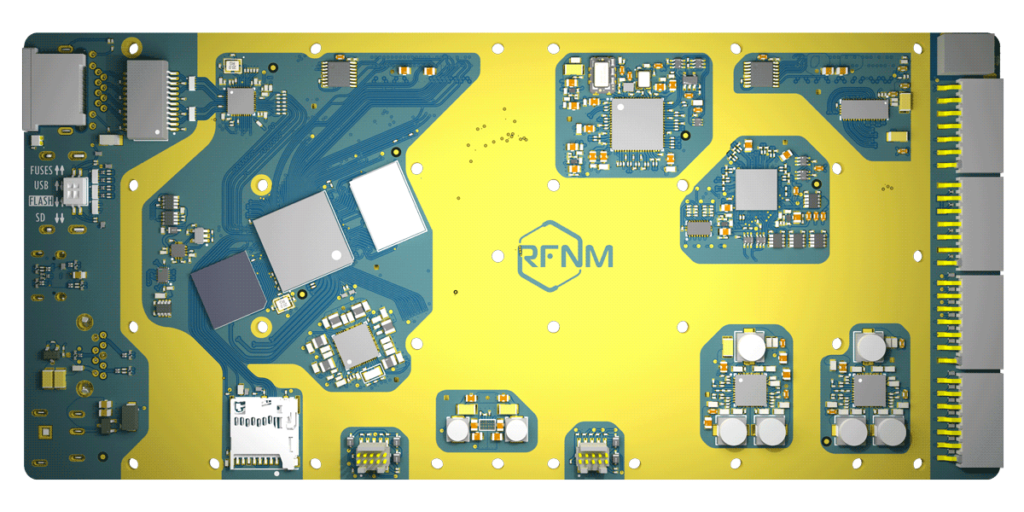A Portable RTL-SDR and Raspberry Pi Based ADS-B Alarm for Drone Pilots
Pilots of RC planes and drones need to be aware of the area they are flying in, to make sure that they stay well out of the path of manned aircraft. However, this can sometimes be difficult with aircraft like police helicopters that could rapidly show up anywhere. Drones typically do not have ADS-B transmitters due to size/weight and price, but it is still possible for drone pilots to use ADS-B receivers to make their flying safer.
Over on YouTube user xjet has come up with a solution involving the use of a portable ADS-B alarm for drone pilots. The ADS-B receiver consists of a 3D printed enclosure containing a Raspberry Pi Zero 2W, LCD screen and an RTL-SDR dongle connected to an ADS-B whip antenna. xjet notes that when his code and 3D enclosure are finalized, he will release the design for free as open source over on http://www.rcmodelreviews.com.
The idea behind the ADS-B alarm appears to be that drone pilots will receive an alarm when they are within the vicinity of an aircraft. Assuming the drone is not too far away from the pilot (as rules specify drones must be flown within visible distance) the alarm being next to the drone pilot should be sufficient. xjet notes that we cannot rely on live ADS-B aggregation websites like FlightRadar24 due to their censorship of certain aircraft like police, military and some private jets, or due to possible lack of coverage, so a local receiver will be a better solution.
After more than two years of development and testing the ADSB alarm for RC plane and drone flyers is almost ready to go. I will be posting the full build details including an SD-Card image, source code, wiring diagrams and STL/DWG files for the case to the RCModelReviews website in the next week or so. This is a totally open-source project which I give freely to the hobby community so as to increase the levels of safety associated with our activities.
It is through the use of this technology that we can show how taking practical steps towards ensuring safety is every bit as important (if not more so) than blindly following regulations written by those who have probably never even flown an RC plane or drone themselves.




